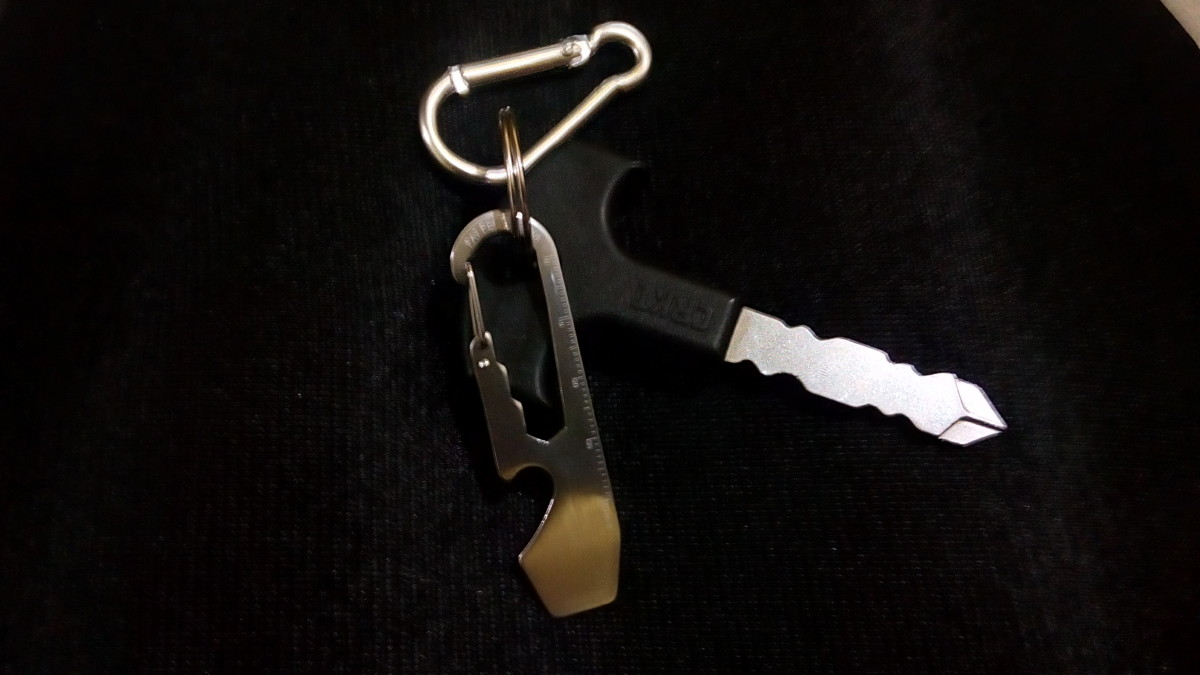
Before buying a new knife for combat, it's important to consider what type of knife you want. There are four major types: Tanto blades and Tanto blades; Drop point blades and Ballistic knives. Learn about their benefits and disadvantages to find the best one for you. Here are a few examples of each type. To find the best knife, you can also refer to our buying guide. Here are some important things to remember when shopping for a new knife.
Bowie knife
The term "bowie" refers to the large sheath knife that was once common among military savages. Bowie knives were known for their distinctive upper guards that bent at an angle and were called "S-guards". This design was created to catch the blades of opponents and protect the owner's hand when parrying or corp-a-corps. During Vietnam War, US Army issued bowie knives for helicopter pilots. They were used to cut through acrylic glass that covered downed airplanes.
It is vital that the handle is made of a durable material. It will affect how easy it feels to hold the knife. G-10 or micarta are good choices. They are tough and provide excellent friction for gripping the knife, even when wet. Bowie knives should be capable of withstanding outdoor use in all weather conditions. It can be used as a hunting knife or a campsite knife depending on the purpose.

Tanto blade
The tanto knife is the most versatile type of combat knife, thanks to its flat grind and high tip. Tanto blades excel at piercing hard materials and stabbing. The point is particularly strong because it is surrounded by a thick layer of metal near its tip. While most knives can break under repeated piercing, a tanto can survive. Here are some of the most useful uses of the tanto blade:
The Western tanto knife is known for its razor-sharp tips and thin, high impact design. This feature makes it easy to sneak up on an enemy combatant, causing rapid damage in a low-friction, yet devastating fashion. It is the most common type of tanto sword and is great for survival and setting up camp. Its blade is very useful for self defense in close-quarters fights.
Drop point blade
Drop point blades can be described as a certain type of combat knife. It is an excellent choice to cut and thrust because its point is sharp and distinct. The spine of the blade is thick and flat which gives it more strength. These knives are extremely durable, making them an excellent choice for combat situations. Drop point knives can be found in ESEE knives. ESEE offers a range of drop-point knives in small and large sizes.
A Drop Point is a type of hunting knife with a precision tip that makes it ideal for skinning animals. Drop Point blades minimize the risk of cutting into internal organs. This type of knife can also be used for daily living. It has a long and rocking cutting edge. This knife is not the right choice for all situations. You should choose a clip-point if you only need an EDC knife for everyday use.

Ballistic knife
Although a combat knife looks like any other bladed weapon there are many important differences. A ballistic knife is equipped with a projectile blade that can penetrate solid targets. A spring-powered, ballistic knife can reach approximately five meters. Certain types of ballistic knives make use of compressed air or gas to propel their blades. Explosive knife propulsion is another option.
A key difference between the different types of combat knives is the blade. A straight-edged sword is ideal for combat. A Tanto is a popular combat knife that has a hard, well-structured point. This knife can easily penetrate lower level body armor. The right knife could make the difference between death and life. These are some of the qualities you should be looking for in a knife. Make sure you look out for safety features such a sheath/lanyard.
FAQ
Is it possible to give stun guns to children?
It all depends on the child's age.
Below 18: No.
18 and older: Yes.
You must make sure that minors understand the risks of having a stun gun.
They must also be supervised by an adult.
How much does it set you back to take a self defence course?
There are many selfdefense courses. The price of self-defense classes varies depending on where they are held and whether they are taken in person or electronically.
Some schools charge just $50 per Month, while others charge upto $200.
Check out your local community centers if you're looking to save money. Many of these centers offer free self defense lessons.
What should I look for when taking a self-defense course?
Consider the reputation of the instructor and their experience in self-defense classes. Ask about their credentials and background.
Also, ask if they offer free trials or discounts. Many instructors offer special deals for students who are new.
Ask if they offer online classes so you can take advantage of them whenever you want.
Ask if the school offers emergency medical attention after class. This is especially important if you get injured during a class.
Make sure you find a class with a variety of exercises. This ensures that you have plenty of time for each technique to be tried before moving on to another.
Which weapon is best for self-defense?
The best weapon to use for self-defense is a sharp knife. While you might not consider a knife necessary for self-defense you will find yourself in need of one if an attacker tries to harm you.
You don't need to spend $100 on a folding knife to protect your self. You can do the job with a simple pocketknife. And you can always add a few extra tools to ensure you're prepared for any situation.
Where can a stungun be purchased?
You can buy stun guns at many places.
Online stores such as Amazon.com, eBay and Walmart are available.
Brick-and Mortar stores such as hardware stores and sporting goods shops are also open to you.
How do beginners do self-defense?
Self-defense does not require that you have been trained by an expert. You must also be able to defend yourself alone. You should learn some basic moves to protect yourself from an attack.
Start by learning basic movements like punching, kicking and kneeing. You can then move on to more advanced moves such as grappling or joint locks.
It is always good to practice things that are similar to what you would encounter in real-life situations. You should try to learn how you can kick someone on a soft surface like a pillow.
This will ensure that you don't cause injury to yourself while practicing. Do not hit anything too hard. You might cause injury.
Statistics
- Kung Fu alone has 400 unique martial art styles – and whilst you likely won't be able to find a school for each form, many other martial arts are completely different altogether. (budodragon.com)
- The Rape, Abuse & Incest National Network reports that 70 percent of sexual violence cases aren't committed by random strangers in a dark alley but by people we know: friends, family, partners, co-workers, etc. (healthline.com)
- Saying this, Self defense 101 would be the importance of situational awareness, which can never be replaced by the finest of martial arts, because it is this that would help you to avoid any likely attacks in the first place. (worldofselfdefense.com)
- Some people walk into a gym thinking they are going to become the best by training whenever they like and not putting 100% effort in. (budodragon.com)
External Links
How To
How to use a stungun for self-defense
The best way to protect yourself against attackers is to use a stungun. If used correctly stun guns do not pose a danger. They are not dangerous if used correctly. When you go outdoors, a stungun should always be with you. You can pull the trigger to shoot directly at someone who attempts to attack you. This will stop them.
Learn how to use stun guns for self-defense correctly.
-
Always point the weapon in the direction of the target.
-
Focus on the chest.
-
Only one time you should pull the trigger.
-
The weapon should be held in both hands.
-
Keep the weapon pointed straight at the target, until the person becomes unconscious.
-
Get to safety quickly.
-
Never touch the victim after pulling the trigger.
-
In extreme circumstances, only use a stungun.
-
Do not attempt disarming an attacker.
-
If you're attacked, dial 911 first.
-
After the attacker has been subdued call the police.
-
Do not allow an attacker to approach you again.